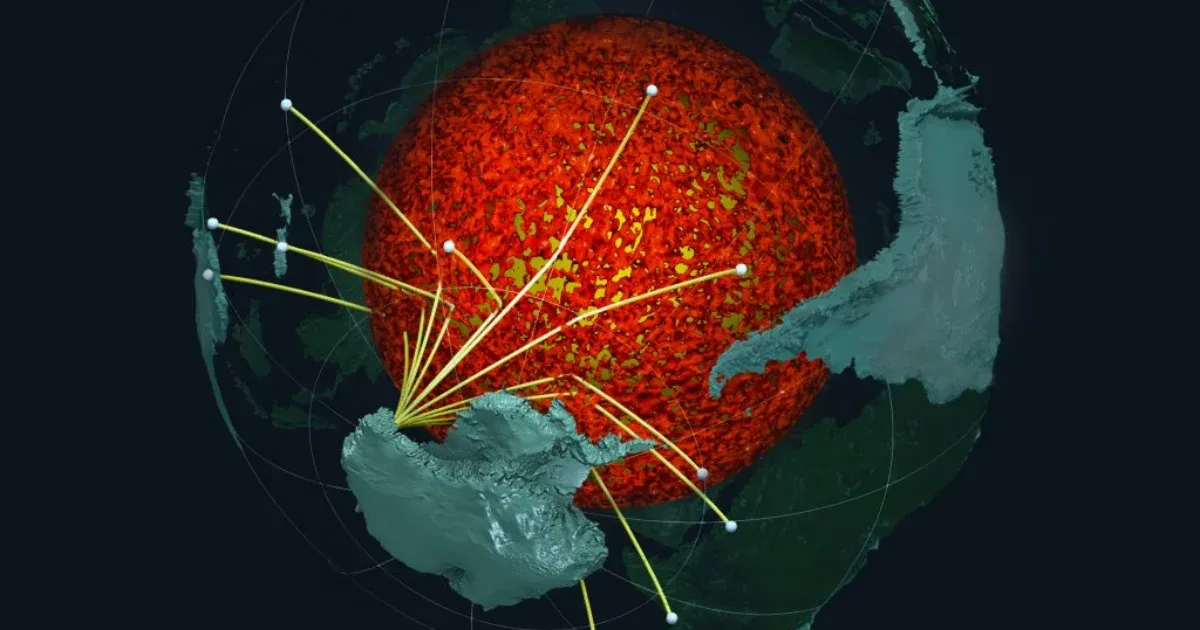We tend to imagine the Earth as a huge, solid, homogeneous sphere, with various geological forms forming only near its surface. It does not hurt to remind ourselves again and again that the interior of our Earth is very multi-layered, and as a result of processes that have not been fully elucidated even by researchers, many large-scale structures have been created there. For example, if we could descend a few thousand kilometers, we would find mountains that are several times higher than Mount Everest.
The invisible inner mountains were formed at a depth of about 2,900 kilometers, at the boundary between the Earth's mineral core and the rocky mantle surrounding it. According to the researchers' assumptions, the shift in changing physical properties in this region is more radical than what happens, for example, when lava comes into contact with air during a volcanic eruption. The Earth's outer core is a liquid substance that mainly contains iron and nickel and glows at a temperature of 3700 degrees Celsius, while the Earth's mantle is a solid layer that mainly contains silicates.
The inner mountains are formed at the boundary between the outer core and the lower mantle, at the Gothenburg-Vechert surface, which is located at a depth of 2,900 km – Source: Wikipedia
You might think we have something to do with what's happening thousands of kilometers beneath our feet, but according to researchers, we shouldn't think so. According to them, there are many interactions between this region and our world. It is thought that this could be a burial ground for ancient pieces of the ocean floor, and could also be linked to the formation of volcanoes in Hawaii, for example.
The existence of mountains deep within the Earth has been suspected since 1996. Around this time, scientists began to recognize the boundaries between the Earth's core and the Earth's mantle, when they studied the waves created by earthquakes. These seismic waves travel within the Earth, but they do not travel in a straight line for thousands of kilometers. Materials at depth break up these waves and deflect them, but seismic stations on the surface can record all of that. Then, as with X-rays, they use diffracted waves to create an image of what might be present in the depths.
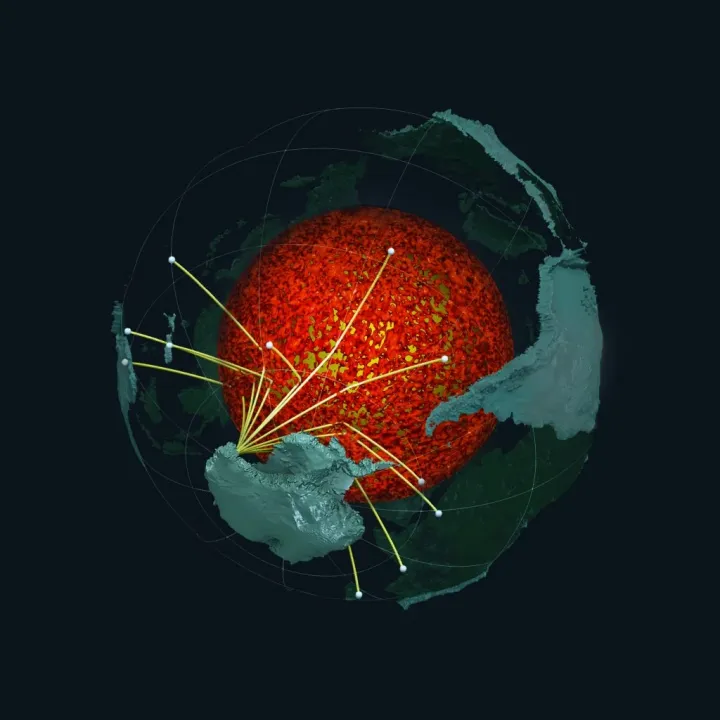
From diffracted seismic waves, they can infer the layers and shapes that may exist at depth – Image: Edward Garnero and Mingming Li / Arizona State University
A three-year study in which sensors buried in Antarctica collected data from more than a thousand earthquakes has produced new results. Research participants noticed that waves generated by earthquakes inexplicably slowed down at the boundary between the core and the mantle. For this reason, the researchers called this part the Ultra Low Velocity Zone (ULVZ) and tried to find out what could be causing the deceleration.
“Seismic studies like ours provide a high-resolution picture of the internal structure of our planet, and we are finding that this structure is much more complex than we previously thought,” said Samantha Hansen, a geologist at the University of Alabama who led the study.
According to the conclusions, a rough mass was reached with a strength that could be considered a mountain range. In this formation, some peaks reach a height of 40 kilometers within the Earth's mantle, so the height of its mountains is 4.5 times the height of Mount Everest, which has a height of 8,849 metres. Since the first search, more mountains have been found around the core, for example, a particularly large mountain with a diameter of 910 kilometers extends under Hawaii.
This layer, which forms at the boundary between the molten mineral outer core and the overlying mantle rock, is very thin compared to the rest of the structure, and is presumed to be ancient, submerged oceanic crust itself, which may consist of highly metamorphosed basalt. And sedimentary rocks.
Researchers used to think that bits of oceanic crust that sank over hundreds of millions of years existed only in a few places, such as islands, but now they guess that a layer with a denser composition than Earth's mantle covers the entire core-mantle boundary.
“By analyzing thousands of seismic recordings in Antarctica, our high-resolution imaging method found thin zones of anomalous material at the core-mantle boundaries everywhere we examined. The thickness of the material ranges from a few kilometers to tens of kilometres,” said Edward Garnero, a researcher at University of Arizona: “This suggests that we are seeing mountains in the core, in some places up to five times higher than Mount Everest.”
(sources: BBC | University of Alabama)



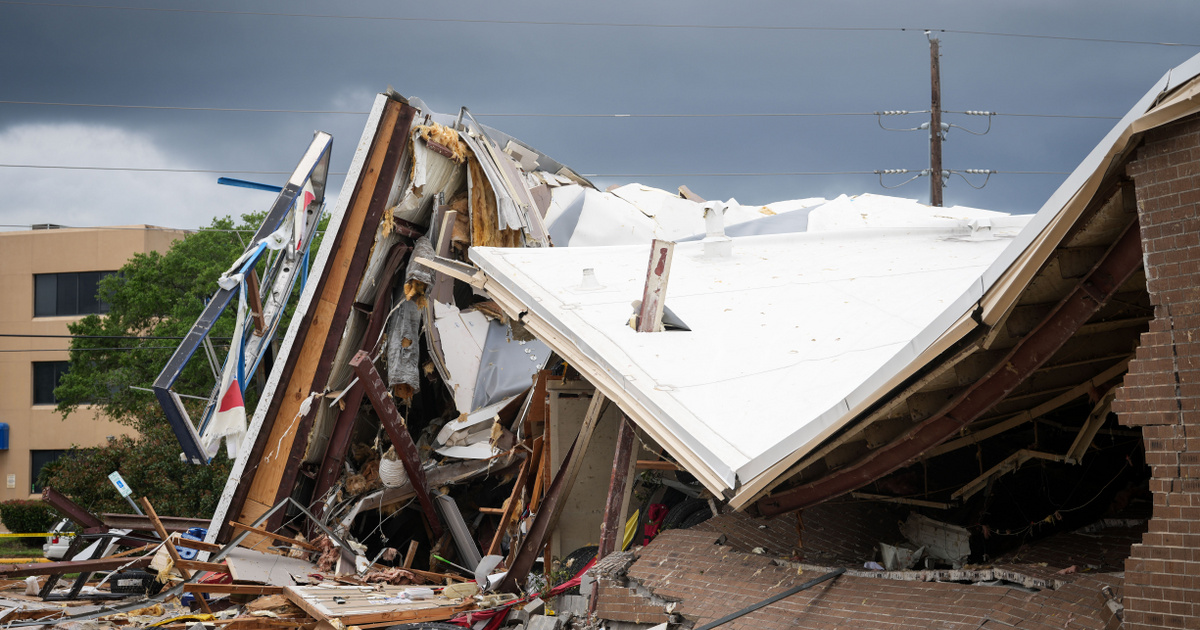


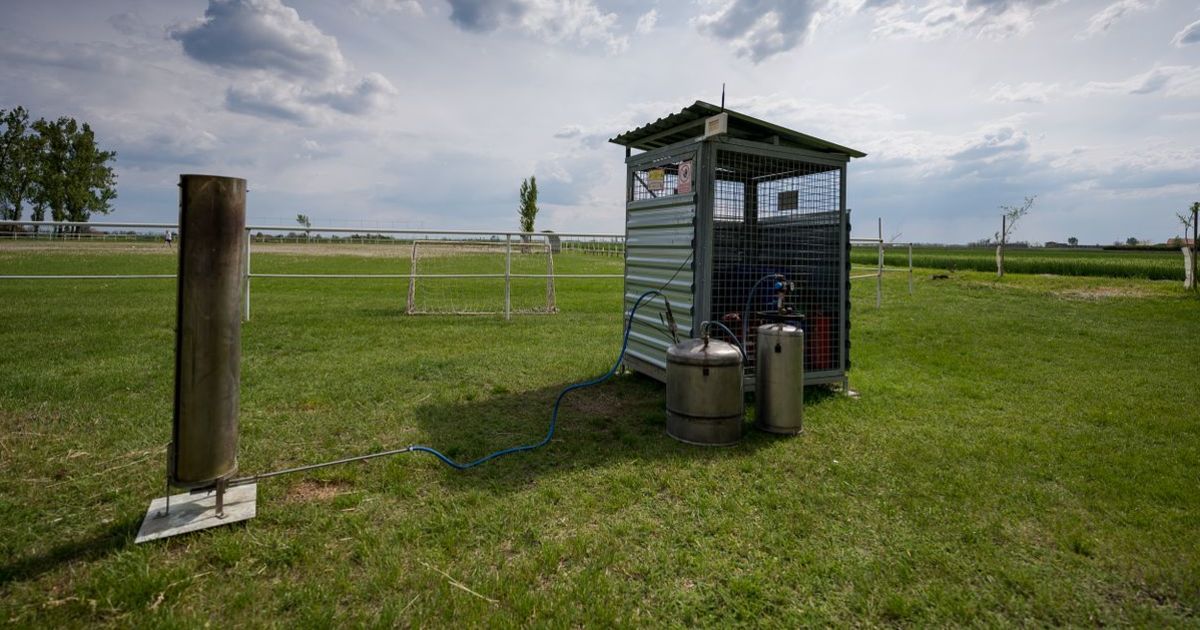

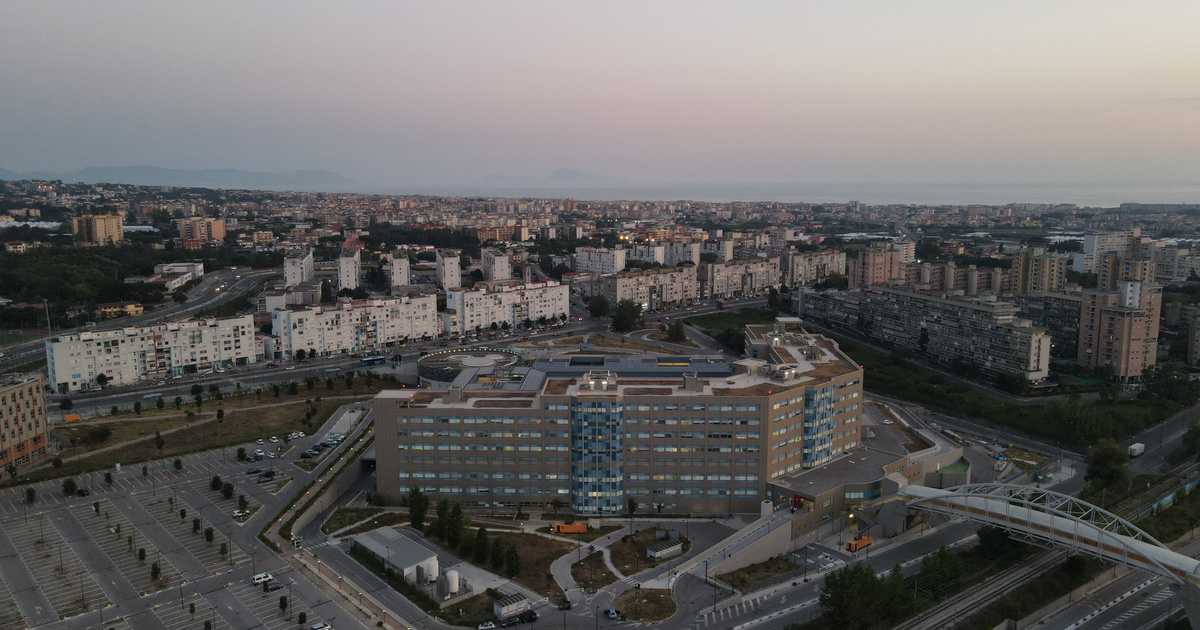







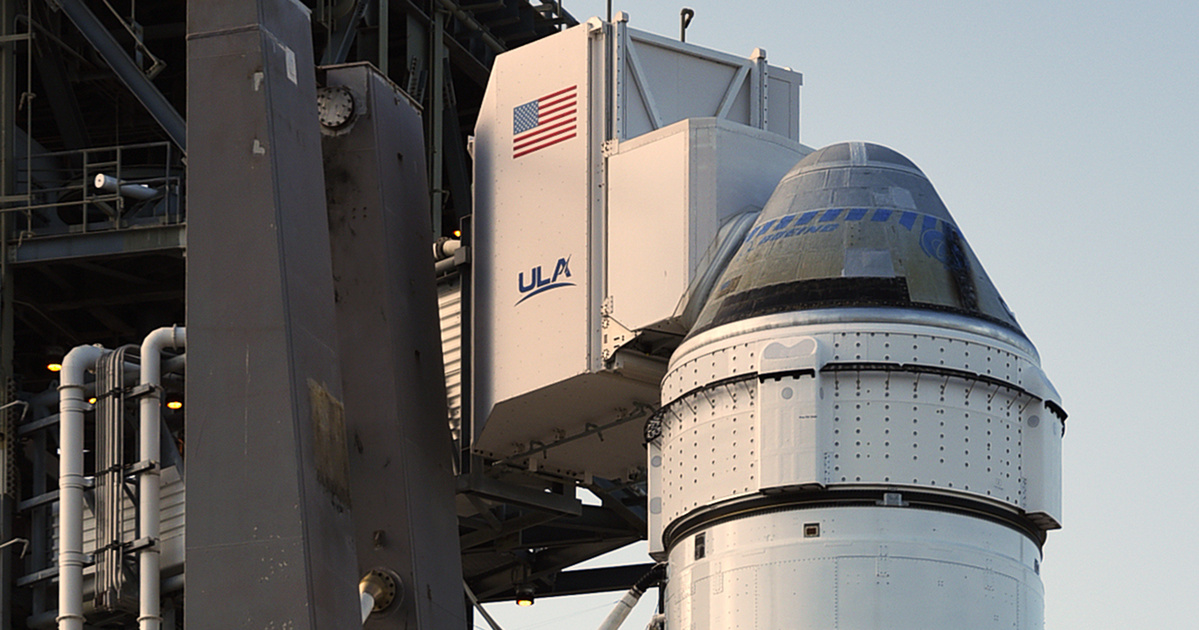

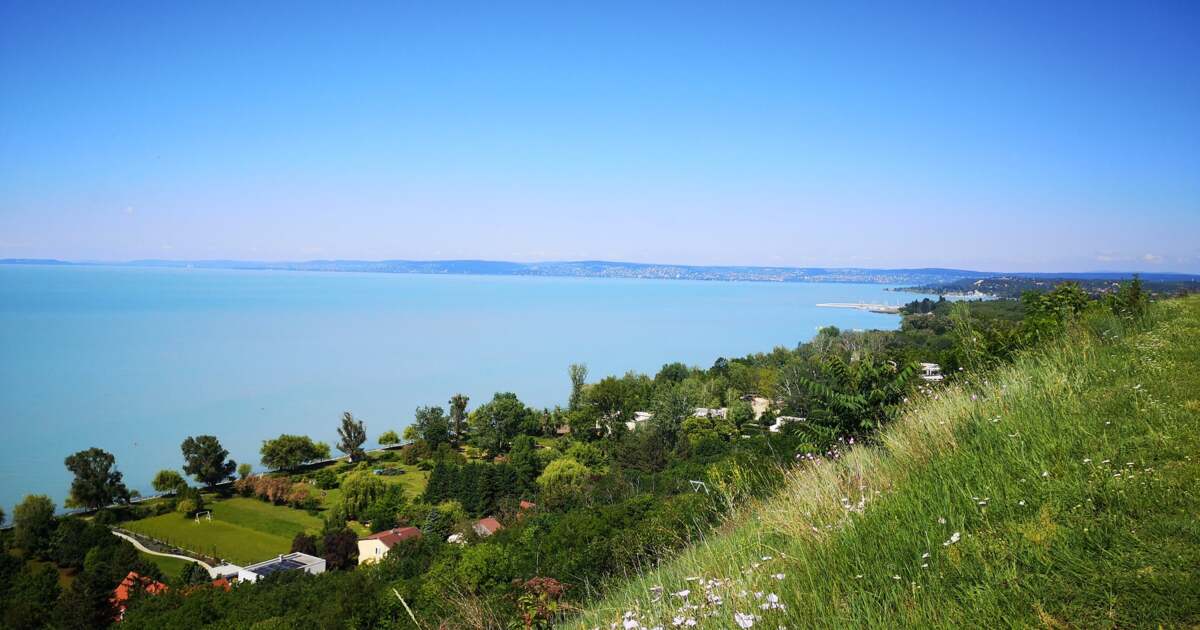



![It actually has great animation [VIDEO]](https://thegeek.hu/wp-content/uploads/sites/2/2024/05/thegeek-Kingdom-Come-Deliverance-2-1.jpg)















